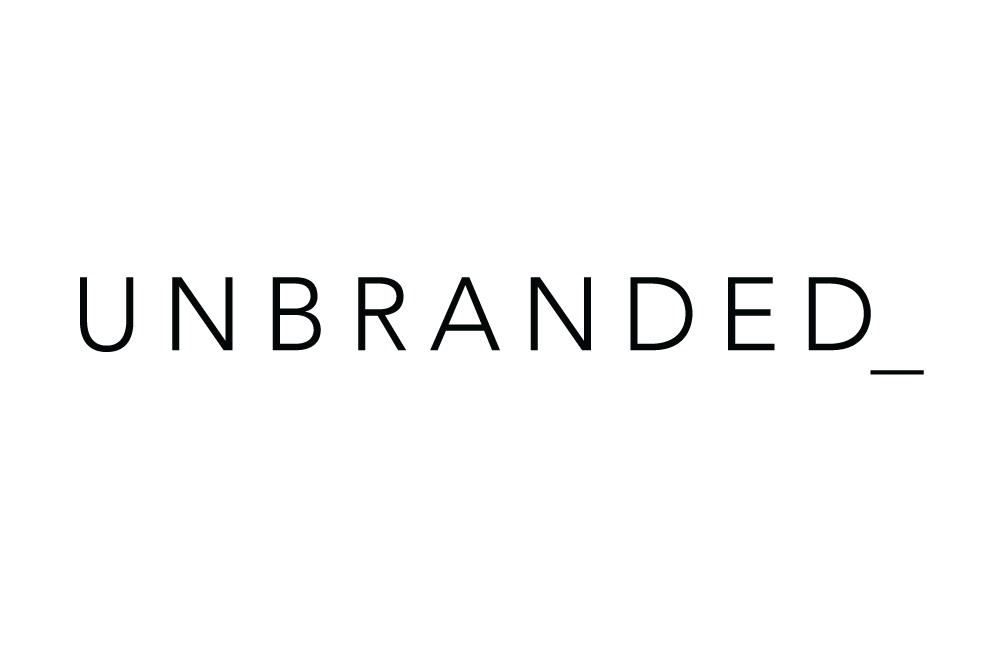When UNBRANDED_ was conjured up in 2016, I had a simple idea in mind, namely that a creative, or at least a modern creative needs to be versatile and highly skilled in multiple disciplines. Although this goes against the general occupational message, which is to specialise in and master a specific craft, the ever-evolving nature of brand development, communication, and marketing means that putting yourself in a box, can severely limit opportunities. Around that time many thought leaders were using the term Hybrid Creative, and the idea of a multi-disciplined creative was not only appealing, knowing the needs of SME and corporate clients, but in my opinion essential.
1. Many clients demand it.
Unless you’re a top tier ad agency, your clients will likely be small & medium enterprises (SMEs) and mid-sized corporates. They will have set marketing and brand communication needs and will require hands-on, holistic solutions. The notion of a client having to deal with multiple suppliers is without question, not an ideal situation. Even if a said client has extensive marketing experience, they would naturally want to deal with a single source of creative, brand strategy and communication for their company. This means less friction, miscommunication and a single source for accountability. The days of making use of separate suppliers to design your brand, build your website and then run your content and campaigns are over, nobody needs that sort of mess in their life.

2. Pigeon-holing yourself is for the birds.
Let’s face facts, if someone is a graphic designer by education, the assumption is that they create visual representation of concepts and ideas forged by brand strategists (rough example). Likewise, a brand strategist would be assumed to be all concept and no implementation. However a hybrid creative that is not only strategic but has design and content creation in their locker, will be perceived to see the bigger picture and be more valuable. Certain roles in bigger less flexible agencies exist purely because of this need to differentiate between skillsets, manage traffic and allocate resources. The result, heavy teams with “specialist” creatives. By getting a firm grasp of multiple disciplines within your creative interests, you become a more complete creative, and that is beneficial when consulting into clients.

3. Hybrid doesn’t mean “do everything”.
Don’t get me wrong, I am a firm believer of the old adage “Jack of all trades, master of none”, and understand that being average at all your disciplines, is not a very clever or valuable direction to head in. The idea of a Hybrid Creative, or at least one in which I feel adds the most value, is a creative that knows his or her strengths and amplifies them with disciplines that add the most value to his or her clients. As an example, if you are primarily a brand strategist, focusing on developing content creation skills (graphic design, photography, copywriting etc.) enables you to both strategise and execute on strategy. Focusing on too much, makes you a generalist, and generally void of innovation. Very often, integrating these disciplines comes from necessity. A graphic designer that wants to add their vision to a website, or a copywriter that wants to bring visual communication to their offering. Hybrid Creatives are organically crafted. If it isn’t organic, it’s forced and it will show.

Hybrid, more than a buzzword.
Hybrid Creatives continue to make their way onto the scene and it is evident to see. Think of the rise of influencers, they are combining their celebrity with content marketing to establish their own creative body of work. Many of today’s agencies, brand and communication consultants and freelance creatives are adopting a multi-discipline approach, and more organisations are looking to these hybrid creatives or hybrid agencies to fulfill a bigger role in their marketing efforts. It truly is the dawn for the hybrid creative, the proof of concept is there, it has been signed off and celebrated. Identify your skill, perfect it, establish what compliments it, and if within reach and at limited opportunity cost, incorporate it, or at least a very high level of understanding. Your clients will love it, you will have more control, and be a better creative or creative because of it.
Image credit: the awesome & incredible www.unsplash.com





Leave a Reply
You must be logged in to post a comment.